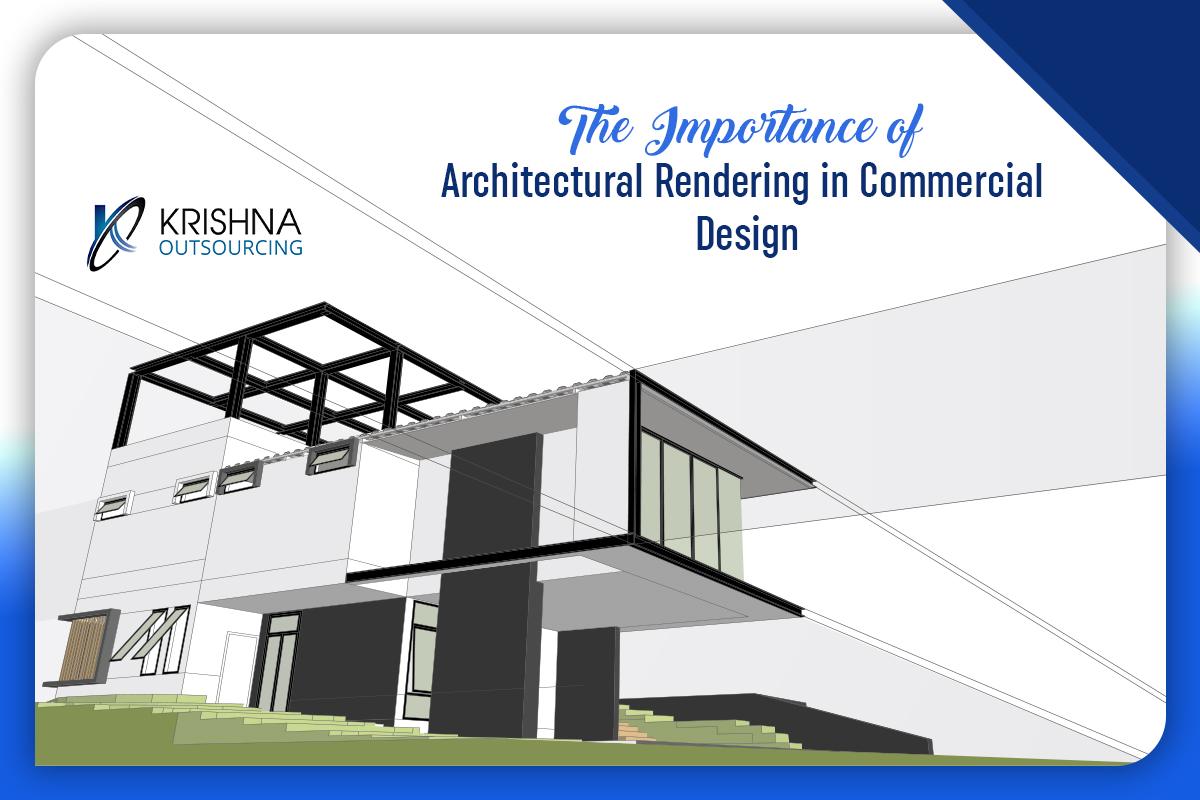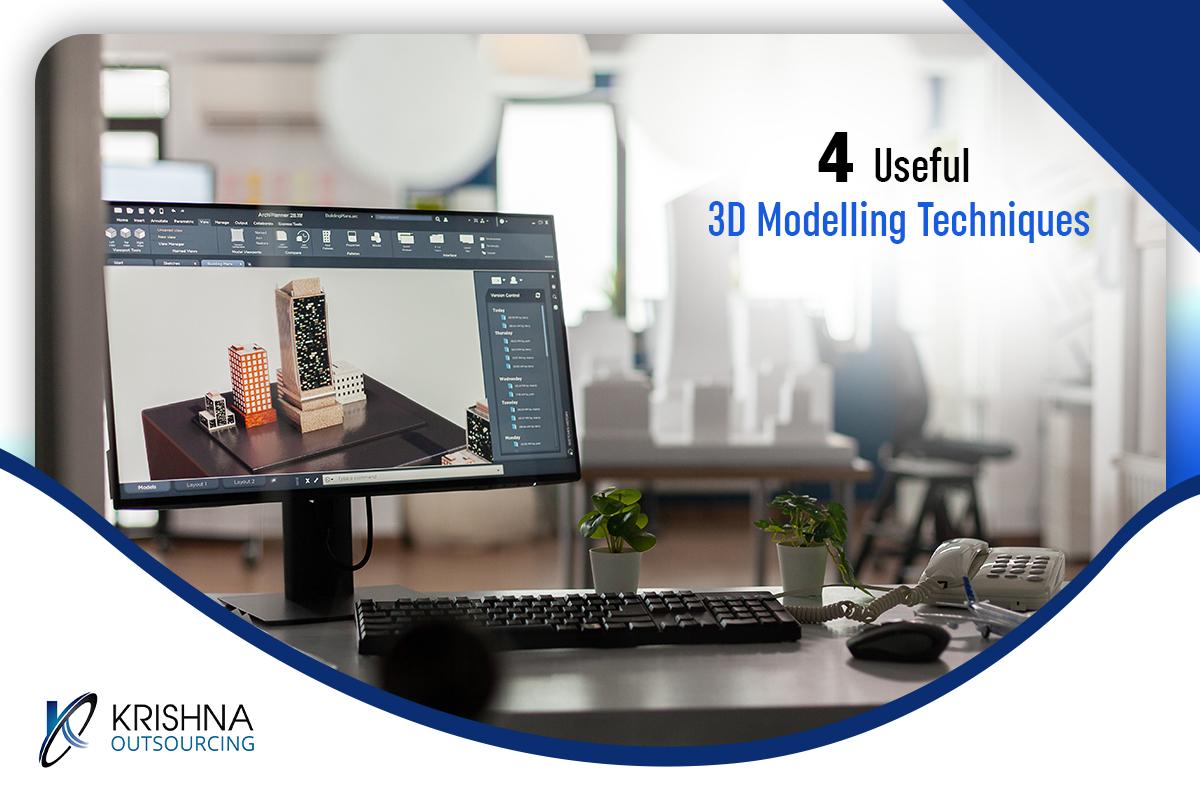
MEP is an acronym for Mechanical, Electrical, and Plumbing in the AEC industry. Constructing MEP systems is extremely important in achieving efficient construction design and operation. Elevated, precise MEP designs are essential to accomplishing this. MEP Drawings USA follow recognized symbols, measurement units, and drafting standards, ensuring clarity and consistency. They express information about the design, installation, and operation of MEP elements, supporting smooth project execution and regulatory compliance.
MEP designs contain all of the information needed to build a residential or business construction, such as HVAC systems, cabling, and pipelines. Component sellers, device manufacturers, and distributors need them to comprehend the technical details of a structure in the works.
There are 5 different kinds of MEP drawings that are required for the structure’s proper functioning.
1. Detailing MEP Shop Drawings:
Sizing, altitude, and inscription are all designed this way. They are produced prior to the start of a project’s construction activity. These drawings provide further information for fabrication and installation. Prefabrication and specific pipe connections across machinery may be required for some parts.
Shop drawings are used to evaluate the reliability of final size rather than architectural details and design drawings. Shop drawings are essential for illustrating the genuine picture of a construction project. The work crew must accept the model, and after that, the shop drawings are used to determine how the process of construction will be performed. Before field installation, shop drawings can be used to identify any inconsistencies.
2. As-Built Drawings:
After the building is completed, built drawings are created for paperwork and building maintenance. They can come in handy during restoration or suitable projects. These drawings reflect adjustments made during the building process and detail the precise location of MEP elements.
3. Penetration Drawing:
Electrical tubes, electrical wires, pipelines, piping, and power cables are examples of penetrants. These are MEP and structural components that go through an opening in a sidewall. All holes must be precisely sized because they provide a gap between the surrounds and penetrants. To maintain the proper size of the holes before these actions are performed, coordination between teams is crucial. If the penetration operations in the structure have been completed, any revisions to these plans will be impossible to implement. As a result, these drawings must be thoroughly reviewed with ample space to eliminate the possibility of errors.
4. Pipe Spool Drawing:
A spool is an alliance of pipelines and is familiar with the elements that can be pre-fabricated in the session for setup and dispatched to the location for gathering. The plumbers can use these designs as a reference to find out what has to be performed. The spools are linked at various points all across the framework. The designs are tailored to transmit all of the information needed for fabricators to properly produce and install the spool. Spool drawings are created by combining all of the data from all of the sections that have been bonded together into a unified drawing.
5. Drawings of Coordination:
For any success, you need to have great coordination. It generally refers to preventing structural problems in the equipment layout, the passage of ducts, power pipelines, and drainage channels throughout the structure. When a construction project has a lot of MEP regulations, there’s a lot of potential for interference. For projects with a complex MEP system, resolving coordination issues is a necessity for the beginning projects. To start the development work and avoid any problems, coordination drawings are required.
We are one of the leading MEP outsourcing companies in India. We are a high-quality Structural drafting services provider in Ahmedabad. We also provide Plumbing Engineering Solution, structural drafting services, and MEP outsourcing services usa. For further information, call +91 8460220396.







